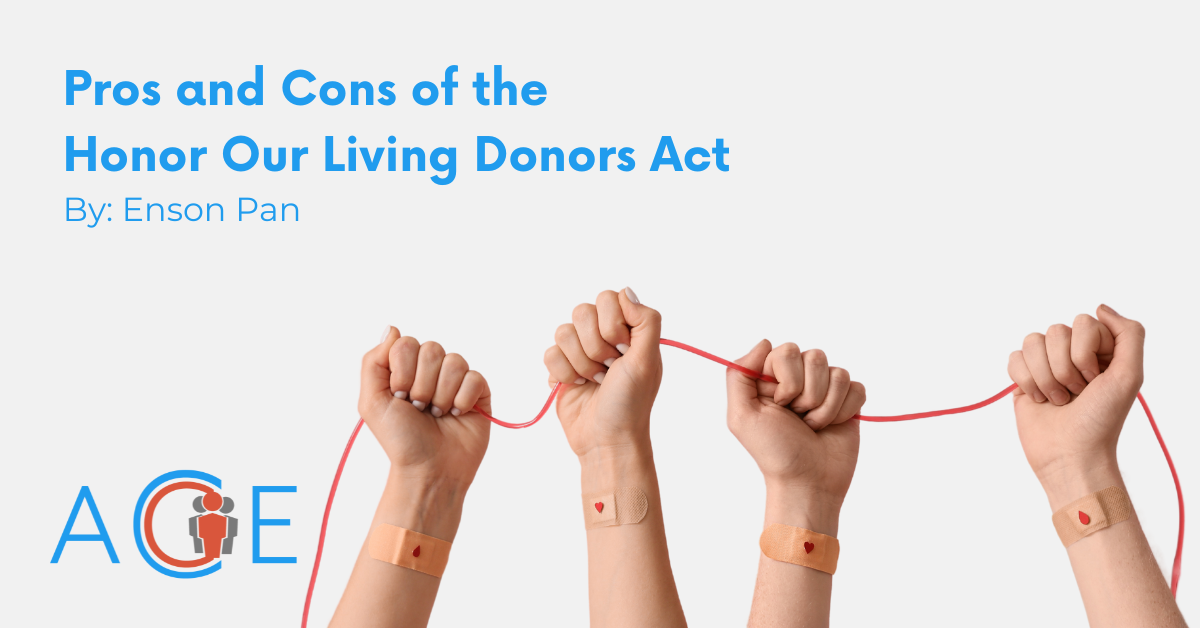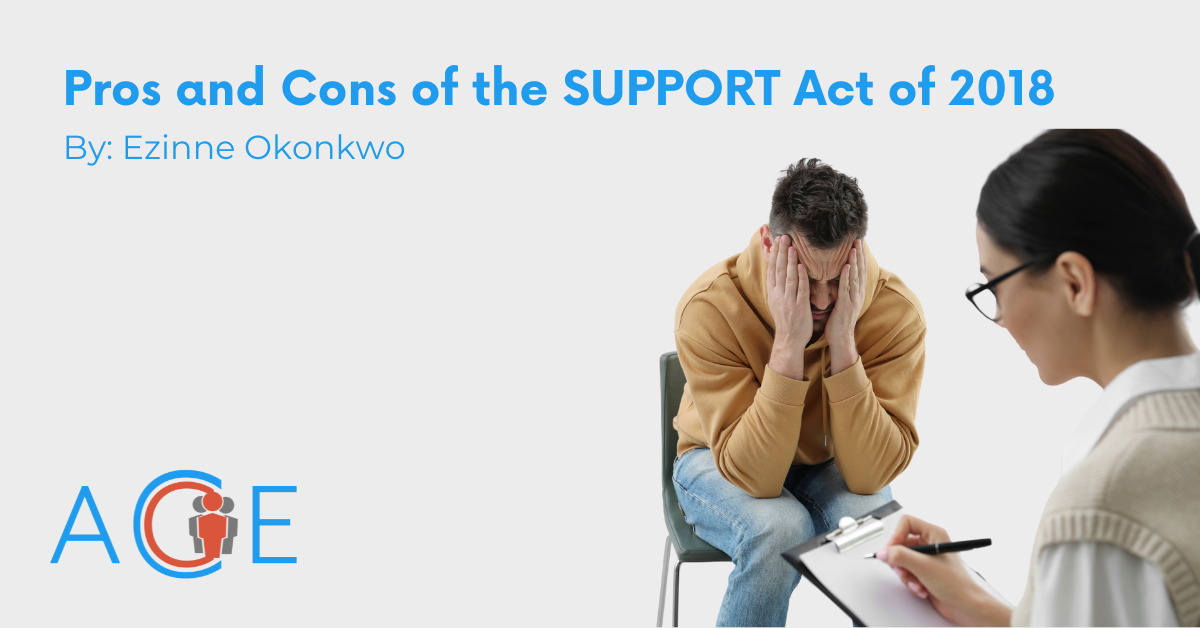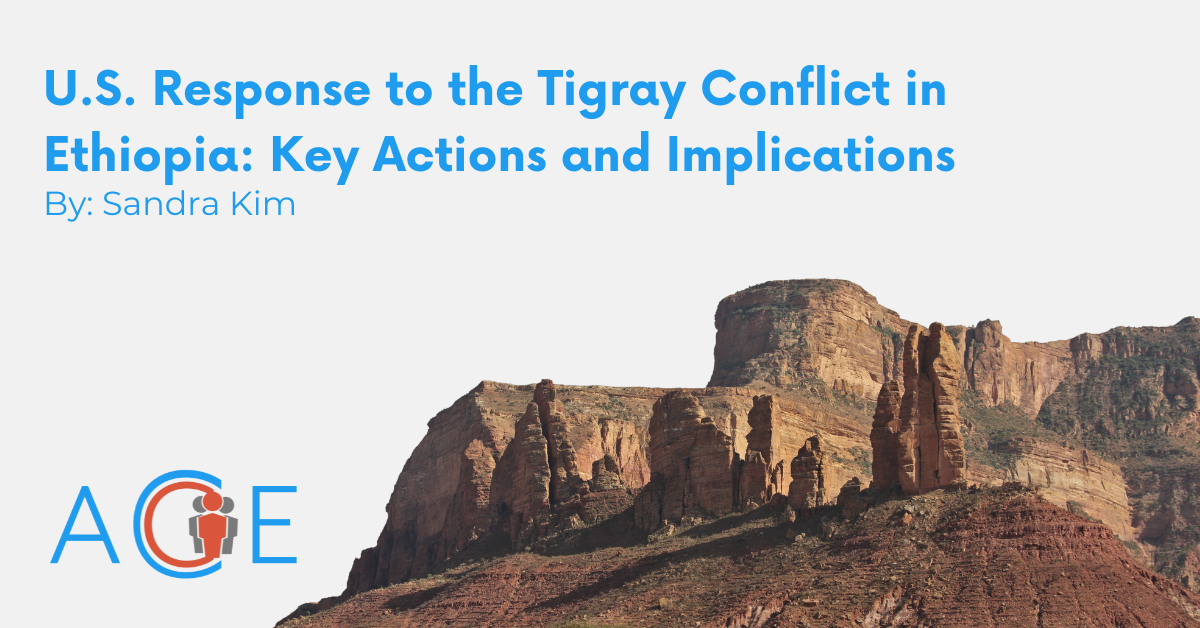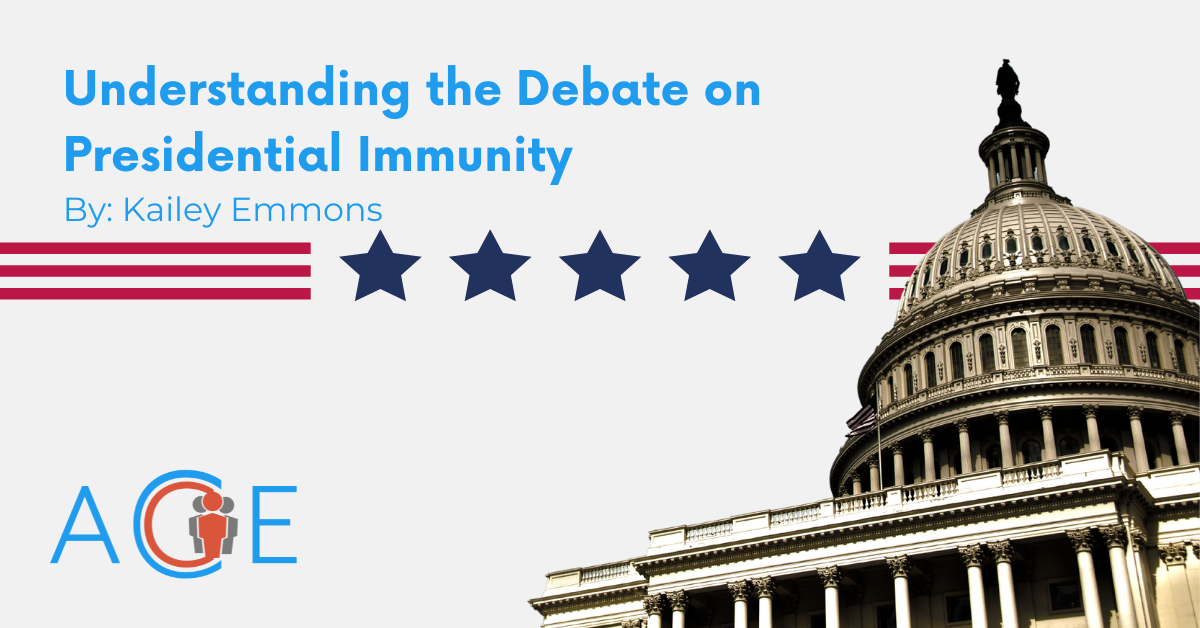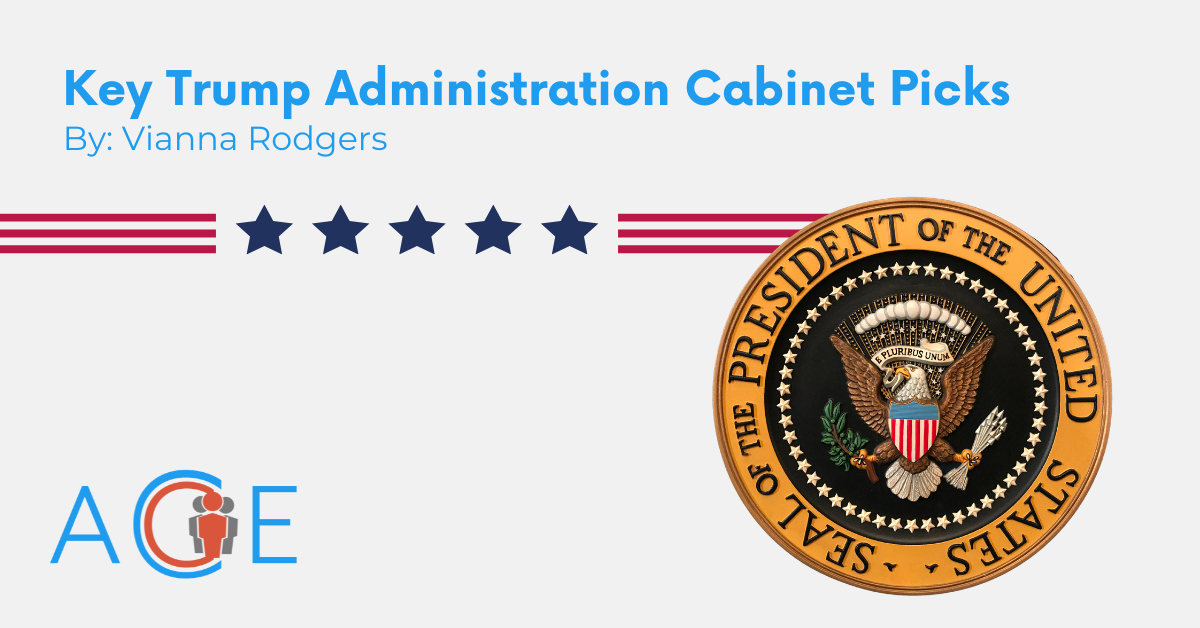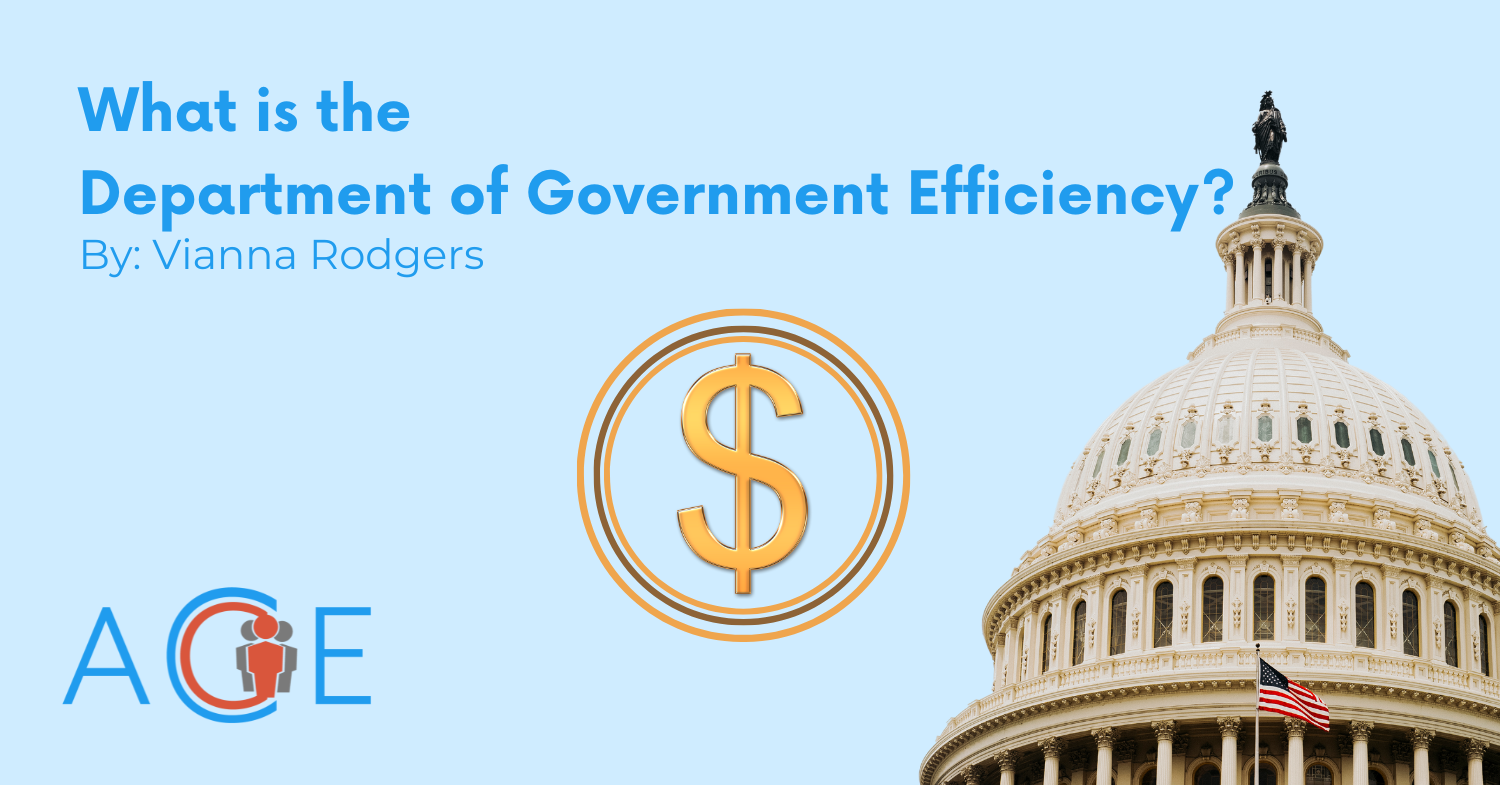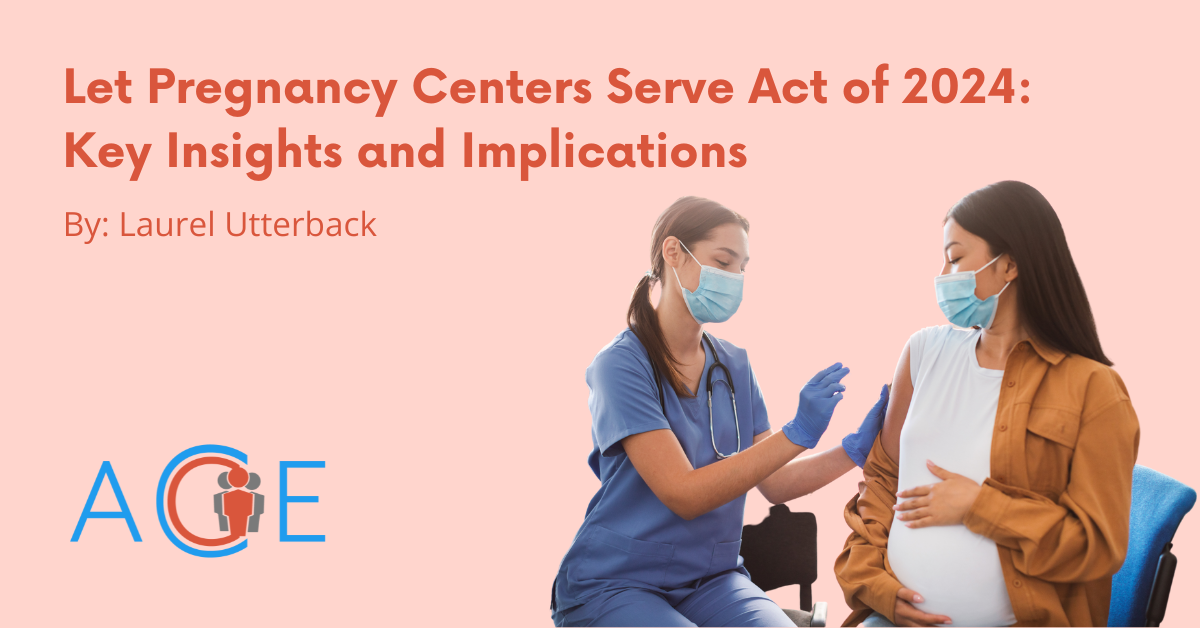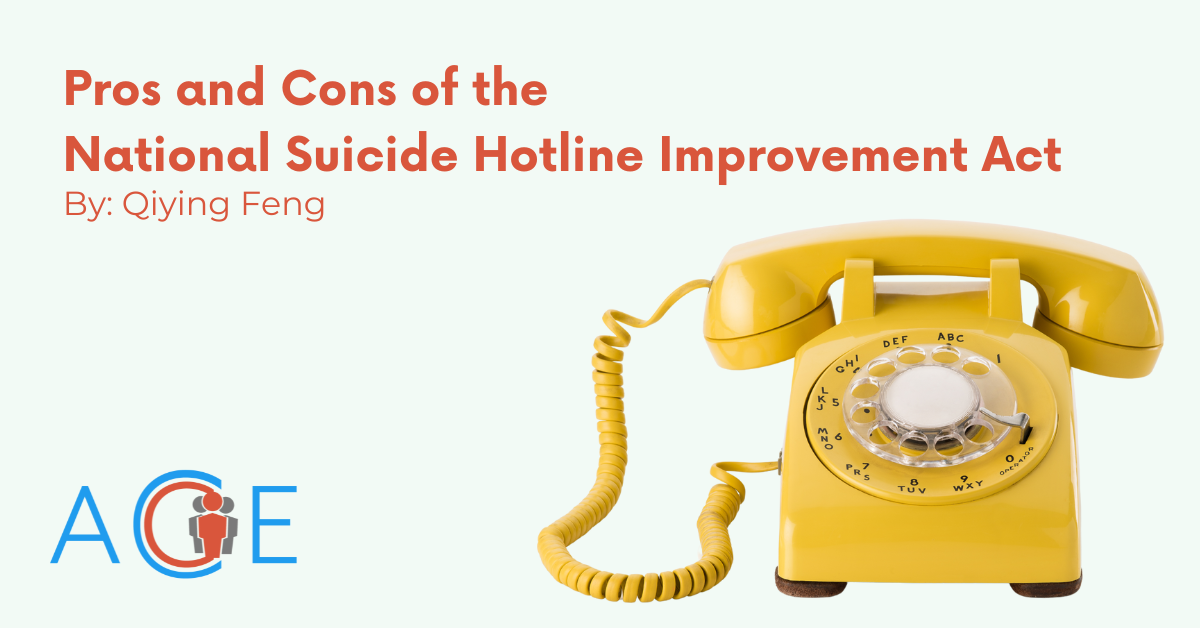Introduction to Organ Donation
As of September 2024, more than 100,000 individuals nationwide were on the waiting list for organ transplants. Despite the fact that over 46,000 organ transplants were performed in the U.S. last year, thousands of Americans still die annually waiting for a new organ. While some believe financial incentives for living donors may improve the organ shortage crisis, any type of direct monetary transaction for an organ is punishable under the National Organ Transplant Act (NOTA) of 1984. NOTA prohibits the sale of human organs and tissues, with fines up to $50,000 and/or 5 years of imprisonment, citing altruism as the sole permissible motivator behind organ donation in America.
However, some living donors are eligible for reimbursement under the National Living Donor Assistance Center (NLDAC). NLDAC covers up to $6,000 of a living donor’s donation-related expenses such as traveling or lodging. Living organ donors may only be eligible for reimbursement if their organ recipient’s income does not exceed 350% of the HHS Poverty Guidelines, or $52,710 in the U.S. mainland. In September 2020, former President Donald Trump issued an executive order that expanded covered expenses to lost wages, childcare, and eldercare on top of travel and lodging costs. Today, many legislative efforts to mitigate the organ shortage crisis have been entertained by Congress, including the Honor Our Living Donors Act.
What is the Honor Our Living Donors Act?
The Honor Our Living Donors (HOLD) Act was introduced to the House on October 24th, 2023 by Representative Jay Obernolte [R-CA-23]. The bill proposes that donation-related reimbursements for living donors should be considered based on the organ donor’s income rather than the organ recipient’s income. The latest action on the bill was on July 23rd, 2024, when it was placed on the Union Calendar.
Arguments in Favor
Proponents of the HOLD Act argue that potential donors may be more inclined to help patients on the waiting list when they incur less costs related to organ donation. In the status quo, economic barriers deter low-income individuals from donating organs, as the average donation requires $5,000 in out-of-pocket expenses. Thus, organs are disproportionately donated by those with high median household income. If enacted, supporters argue, the HOLD Act would render organ donation a cost-neutral endeavor and thus increase the pool of potential donors.
Those in favor of the bill also claim that the HOLD Act may decrease government expenditures on organ-related healthcare. Currently, Medicare allocates $150 billion—or roughly 18% of the program’s total spending—on individuals who suffer from kidney diseases. If the organ shortage crisis improves with the help of the HOLD Act, proponents believe less money would have to be allocated toward curative or diagnostic care, saving the government billions of dollars in the long run.
Arguments in Opposition
Critics of the HOLD Act point to ethical and legal issues with the HOLD Act’s reimbursement system. Opponents believe that financial incentives may deter living donors from donating out of altruism, taking away from what they argue is the core tenet of organ donation. They point to research on the overjustification effect, a phenomenon in which individuals become less compelled to exhibit an intrinsically-motivated behavior when external rewards such as money are offered. Critics worry that reimbursements for organ donation might induce this effect and deter altruistically-motivated donors from giving. They also warn that potential donors may avoid donating due to a fear of being perceived as financially desperate rather than generous.
Opponents of the HOLD Act also argue that the bill does not adequately address the core causes of the nationwide organ shortage crisis. They believe that Americans do not donate their organs due to several reasons including a lack of information, religious exemptions, and fear of objection on top of financial inability. Critics also argue that the Act’s expanded coverage of donation-related expenses does not provide enough financial relief to spur organ donation nationwide.
Conclusion
Given the HOLD’s Act current bipartisan support and President-Elect Trump’s previous executive order to expand reimbursement for living organ donors, the bill is likely to receive both congressional and presidential support during Trump’s second term. As the HOLD Act moves forward, the debate over the root causes of America’s organ shortage crisis will continue.
